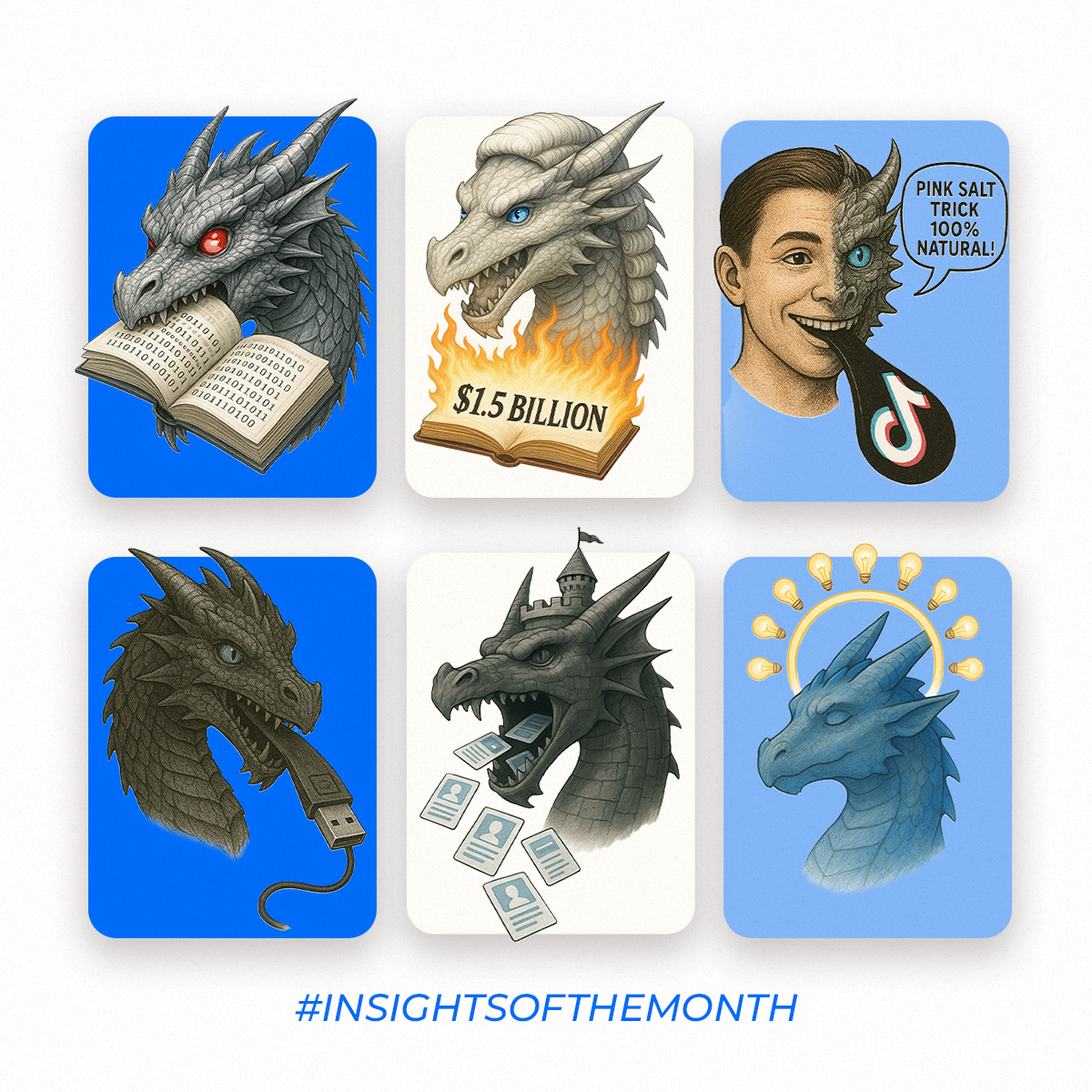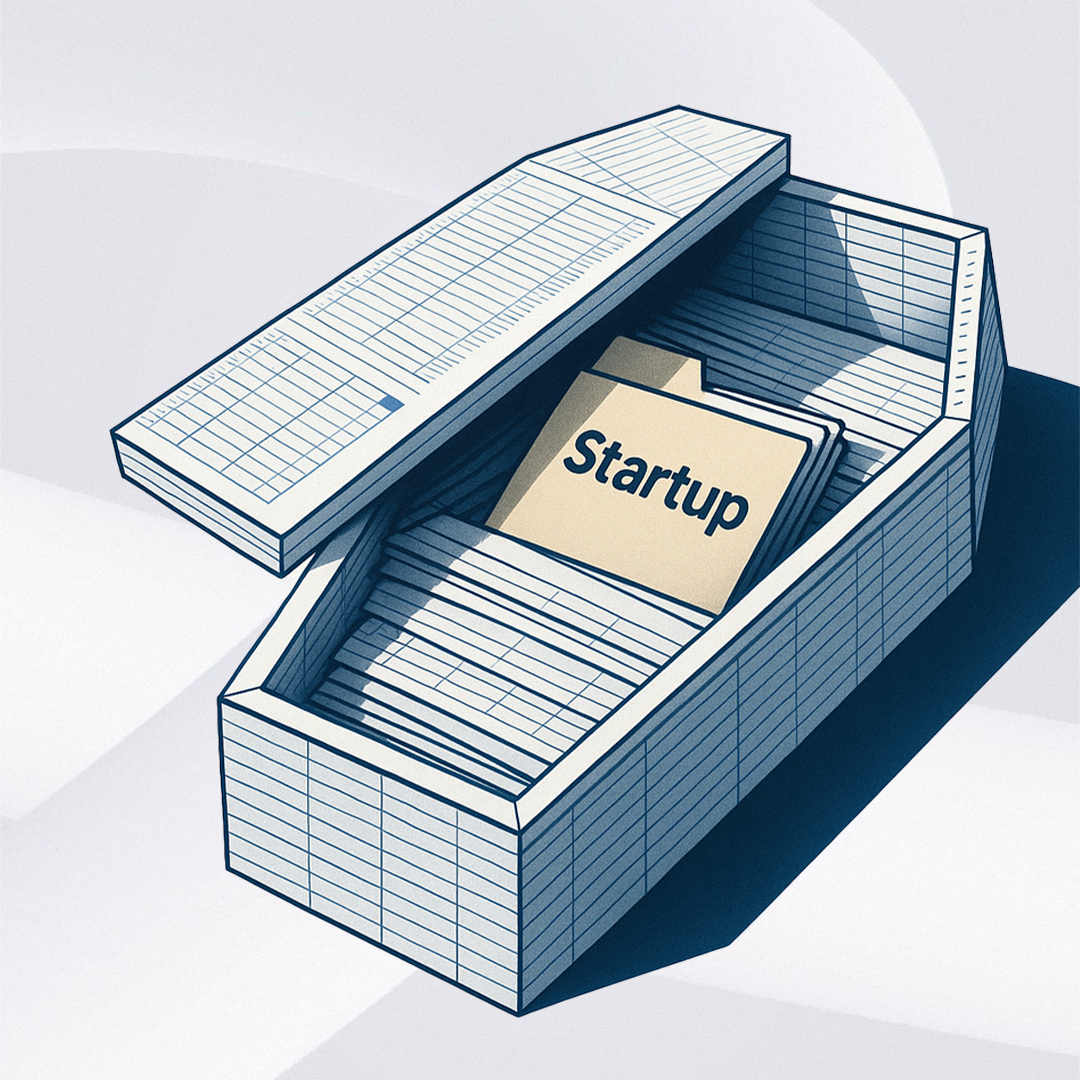No, we’re not in a stable phase, not even close. As competition rises among the top global business risks, improving operations, customer experience, and financial performance becomes a must. Companies that focus on these areas are far more likely to avoid the fate of 41% who have already lost to fierce market rivalry. The software development world is shifting fast, and AI isn’t the only reason. More companies embrace digital acceleration, realizing that thriving in this era requires innovation.Continuous investment in software innovation is vital for easing those competitive pressures. Indeed, it calls for a mindset shift, viewing innovations not as a threat but as a chance to lead and seize new market opportunities.
You’re not the only author anymore.
AI and software engineers are moving towards mutual augmentation. AI is no longer a mere helper on the sidelines. It sits next to the human as a full-fledged assistant, capable of not only fine-tuning architecture but also problem-solving. If 92% of developers were using AI for routine tasks by 2023, reporting a 25% increase in productivity, imagine what happened by 2025. FinQuery, a company specializing in the fintech industry has adopted Gemini for Google Workplaces. Now, instead of spending hours debugging code and checking new monitoring tools, they can focus on more important tasks.
DevOps will never be the same again. CI/CD pipelines now benefit from automated testing platforms. No manual intervention reduces stress from code reversion and facilitates error-free updates. Microsoft Copilot and GitHub Copilot assess the code context and deliver relevant code blocks. With the power of AI, test coverage has become huge, and the development cycle is constantly shortening. Software developers, armed with innovations, can generate more extensive and even edge scenarios.
Another breakthrough is MLOps and AIOps. These practices let organizations manage many models at once, grow faster, and keep systems accurate and reliable. For instance, BNY uses MLOps to uncover abnormal patterns, such as illicit trades or unauthorized fund movements. They keep the systems accurate over time, so even tiny, abnormal changes can be spotted right away. OCC leverages AIOps to keep trading systems stable and responsive even during market turbulence.
Architectures and processes are becoming more flexible.
Another key trend is microservices architecture. As opposed to monolithic structures, they break down a big application into smaller parts. Each maintains authority over a specific task. Such an incremental approach allows teams to update or scale one part at a time. Thus, the chance of a cascading failure across the entire application is minimized. While the term isn’t new, 22% of companies adopted them in the past year alone, with 14% of that adoption occurring in the last 6 months. These numbers represent a significant shift, as only 3% of current users implemented them more than five years ago. The verdict is clear, microservices are a rapidly accelerating trend that needs to be considered if your goal is to scale.
The paradox of automation or growing talent gaps drives IT outsourcing.
Strip away the hype around automation and innovation, and what remains is reality. Without people, even the smartest technology is just expensive dead weight. Lack of human resources remains one of the most pressing issues. It is undeniable that the IT labor landscape is shifting. Neontri report stated that 170 million roles will emerge, however, 92 million will vanish. Net growth, but also high churn. This high turnover rate indicates a growing shortage of personnel with niche technical expertise. Consequently, 96% of businesses are increasingly looking beyond in-house capabilities. This is particularly evident in cybersecurity functions. Modern fraudsters deploy highly evolved attack methods that can easily outmaneuver standard security systems. Instead of exhausting internal teams, it seems like a rational decision to engage external security experts. The best part is round-the-clock defense minus the burnout.
Final thoughts
If 2025 brings so much change, and industry leaders are already taking effective action, what does 2026 have in store for us? Exciting. But, future trends aren’t just about technology. Success, in this context, will hinge less on the innovations in use and more on how strategically companies can manage their human talent. As the tech race intensifies, the real tipping point for IT companies won’t be tools or trends, but the talent behind them. Businesses will need to allocate enough resources to developing talent while remaining transparent about the limits they face in today’s reality.




